Aurora26
Shiny_Rock
- Joined
- Apr 24, 2020
- Messages
- 186
Almost all diamond prices are based on the Rappaport Diamond Pricing Guide. There are numerous changes in price/carat at various carat weights. However IIRC there is no break at 2.50ct. All 2.00-2.99ct diamonds have the same $/ct price varying only by color and clarity. For your stone, given you have lots of room above 2.00ct, I think I might be more concerned about maximizing face up size, and getting a fabulous looking diamond rather than staying above 2.50ct.
Of course you would want to keep weight loss to an absolute minimum, but if getting the diamond of your dreams means going below 2.50ct then I think you might want to keep that option in your thoughts.
Lots and lots to think about here! To begin with here's a copy of the 2008 AGS Cut grade proportion chart. I've added some of the cut proportions I know for sure make fabulous OECs. The CER square shows the proportions Victor Canera uses for all his Canera European Rounds. The AVR square shows the proportions of @diamondseeker2006's gorgeous August Vintage Round. The PRS square shows my DWs averaged proportions, and the Aur square shows your current averaged proportions. You can see there's lots of opportunity to improve the cut of your diamond!!!
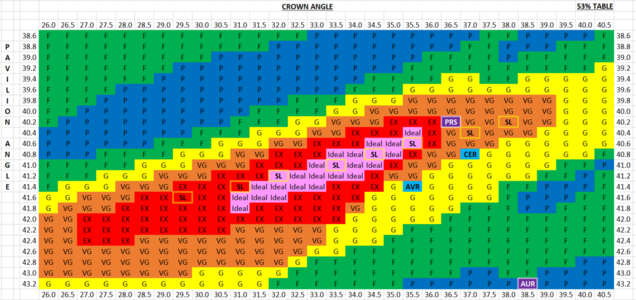
Oh wow that chart is so helpful. Can I ask what "SL" stands for?
It does seem like for the moderate option, I would land in the higher end of Good, while for the more "ideal" option, I would land in the mid-upper area of Good. It is a personal thing to not want to fall below 2.5ct and also keep that extra tiny bit of diameter but maybe I'll take a couple more days to think about it. I am looking through Love Affair Diamond's smugmug page to see if there's any AGS stones with comparable angles.

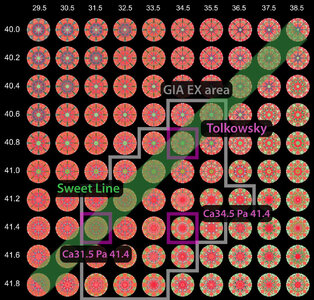


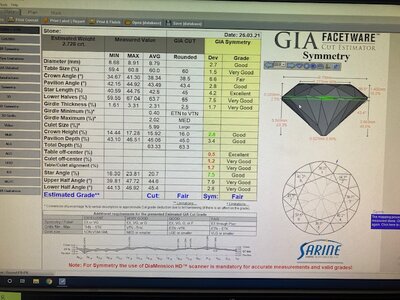
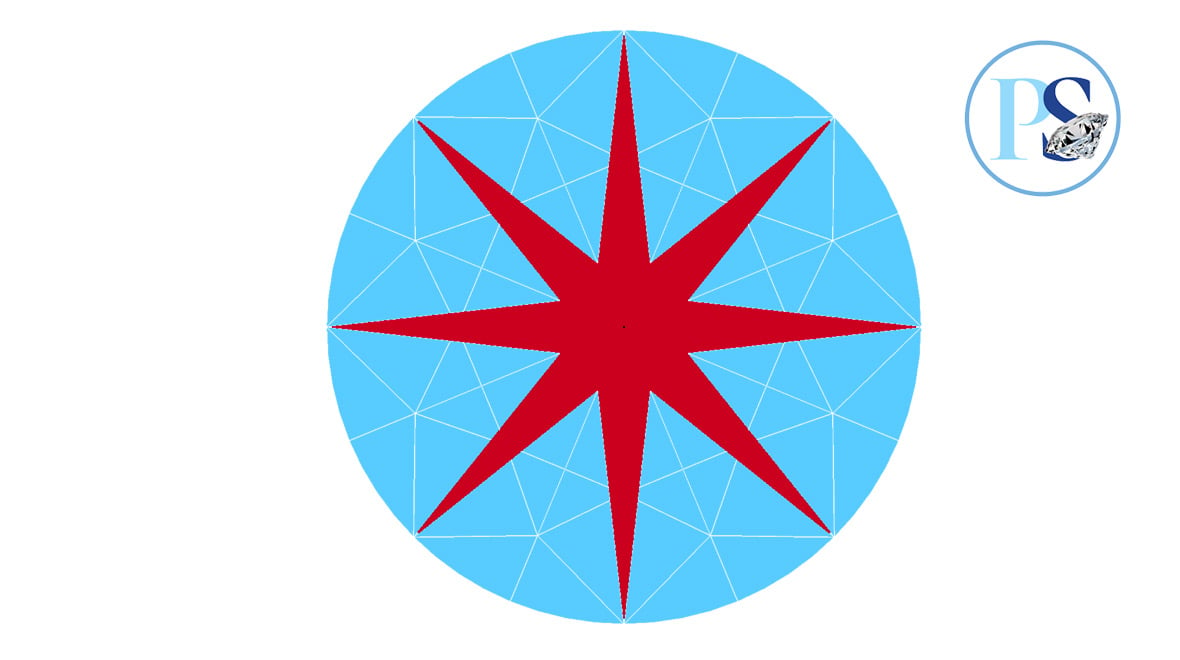
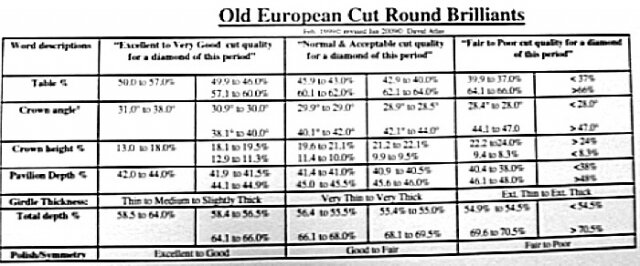

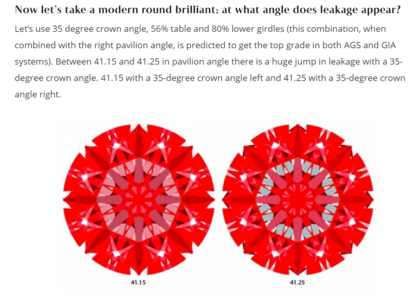


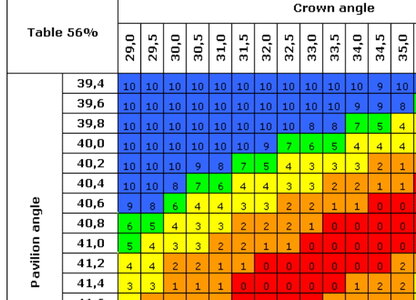
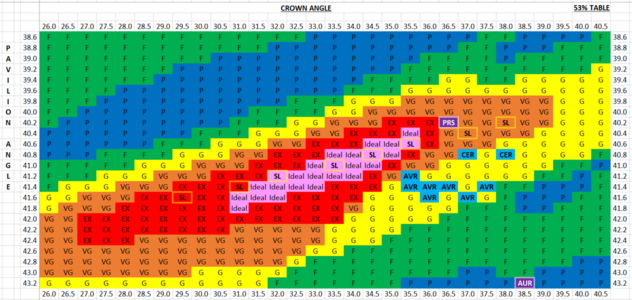
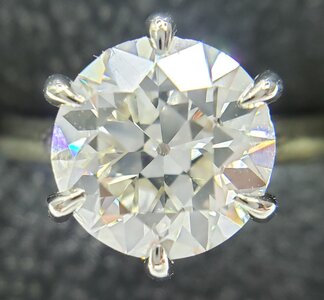
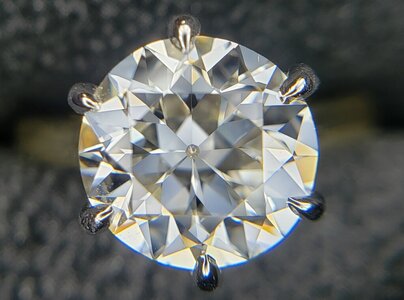
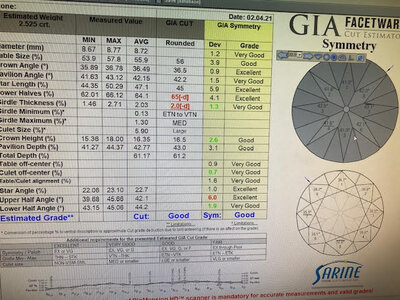


300x240.png)